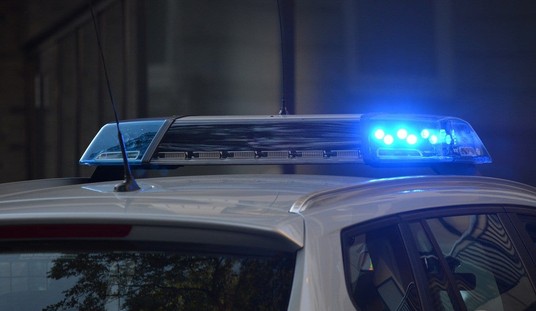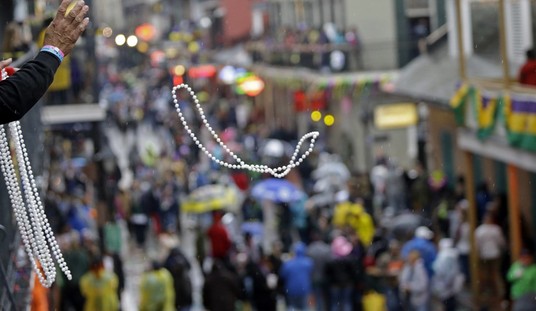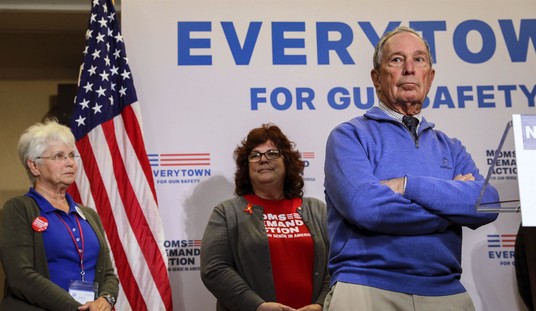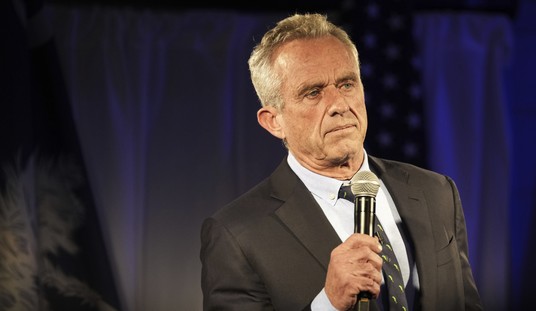In the Bruen decision, Supreme Court Justice Clarence Thomas said that there were a handful of places where guns could be constitutionally banned. He called these “sensitive areas” and they include places like courthouses, jails, and things of that sort.
On one level, it makes sense. These are places where some are more inclined to be violent. Plus, they’re easily secured so that virtually no one is able to bring a gun in. In other words, they use metal detectors, not signs on the door.
However, in so doing, the term “sensitive area” is getting used to justify a whole lot of restrictions. In fact, the battle over them in New York is just starting to fire up.
“Put simply, there is no historical basis for New York to effectively declare the island of Manhattan a ‘sensitive place’ simply because it is crowded and protected generally by the New York City Police Department,” wrote Thomas.
While New York politicians have yet to declare Manhattan a gun-free zone, they have pushed back against the ruling. In a long list of new “sensitive places,” state legislators named parks, which by definition includes the biggest park in the lower 48, the Adirondack Park in upstate New York. Interestingly, the Adirondack Park is home to about 130,000 residents—all of whom will effectively see their Second Amendment rights erased when the law takes effect on Sept. 1.
This law is in direct conflict with NYSRPA. When the U.S. Supreme Court recently confirmed the right of Americans to “bear” arms in this case, it didn’t do so in some mealy-mouthed manner that indicated the ruling was a difficult decision or was uncertain in any way.
…
For residents of the Adirondack Park, which is about half private land and half publicly owned, the law puts them in a dilemma. Tom King, president of the New York State Rifle & Pistol Association, the state NRA affiliate, said he has received “hundreds of calls” about the ban from residents of the Adirondacks who are confused and frustrated.
Of course, Adirondack Park is only one of the battlegrounds. In fact, the above-linked piece goes on to quote a Democratic lawmaker who takes issue with this particular measure and how it impacts these good folks.
However, I’m going to go a step further and note that while Thomas explicitly wrote that the entire island of Manhattan couldn’t be declared a sensitive area, what has actually transpired there is just a step shy of precisely that.
For example, a large number of areas are declared sensitive areas, for one thing. Then there’s the idea of carrying on private property.
Now, in many states, business owners can put a sign up to serve notice that the building is gun-free. I know it’s not popular, but I’m actually fine with this because property rights are also a thing that needs to be respected. If a business owner doesn’t want guns on their property, they’re free to do so.
However, in New York, the default is that guns aren’t permitted.
While that’s fine for anti-gun businesses, it also means those ambivalent on the subject of concealed carry are, in effect, determined to be essentially the same as sensitive areas. Since most people try to actively avoid politics, the default for these folks is likely to be that ambivalence.
So, in effect, the majority of the island of Manhattan–and the rest of the state, really–has been essentially declared a sensitive area.
Yes, I support businesses being able to declare themselves gun-free–why would I want to spend money with companies who don’t support my fundamental rights–the default position on something like that should be toward freedom.
What New York did looks to have gone beyond what Justice Thomas intended.
The battle over what actually can constitute a sensitive area has just started. It’s going to be rough going for a lot of people, too, unfortunately, before it’s all settled.








Join the conversation as a VIP Member